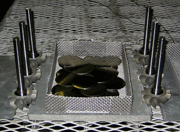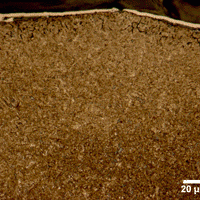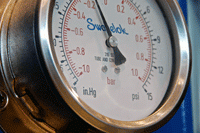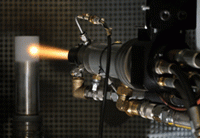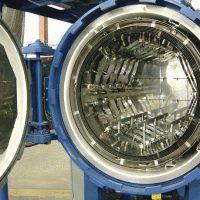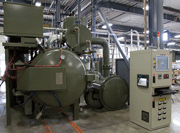Manufacturers of materials, components, and machines for spacecraft and satellites deployed in space must vigorously test them prior to putting them into service. For example, linear actuator mechanisms on satellites have failed to function properly (extend or retract) because of a loss of tolerance due to the conversion of retained austenite to martensite and subsequent growth of the part due to volume expansion. Had this test not been performed in a simulation chamber at -62ºC (-80ºF) here on Earth, a solar array or communications antenna would not have deployed when the satellite was in orbit and its mission would have been compromised.
In order to ensure thermal and vacuum readiness of these systems prior to lift off, they must be subjected to the extreme vacuum and temperature of space to ensure they can withstand and perform under these harsh conditions without failure. Space simulation (aka space test) chambers are used to perform this testing. The challenging conditions encountered in space and the development of the space simulation chamber are the focus of our discussion.


